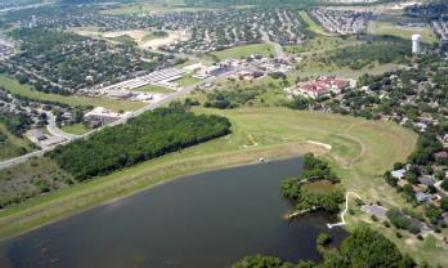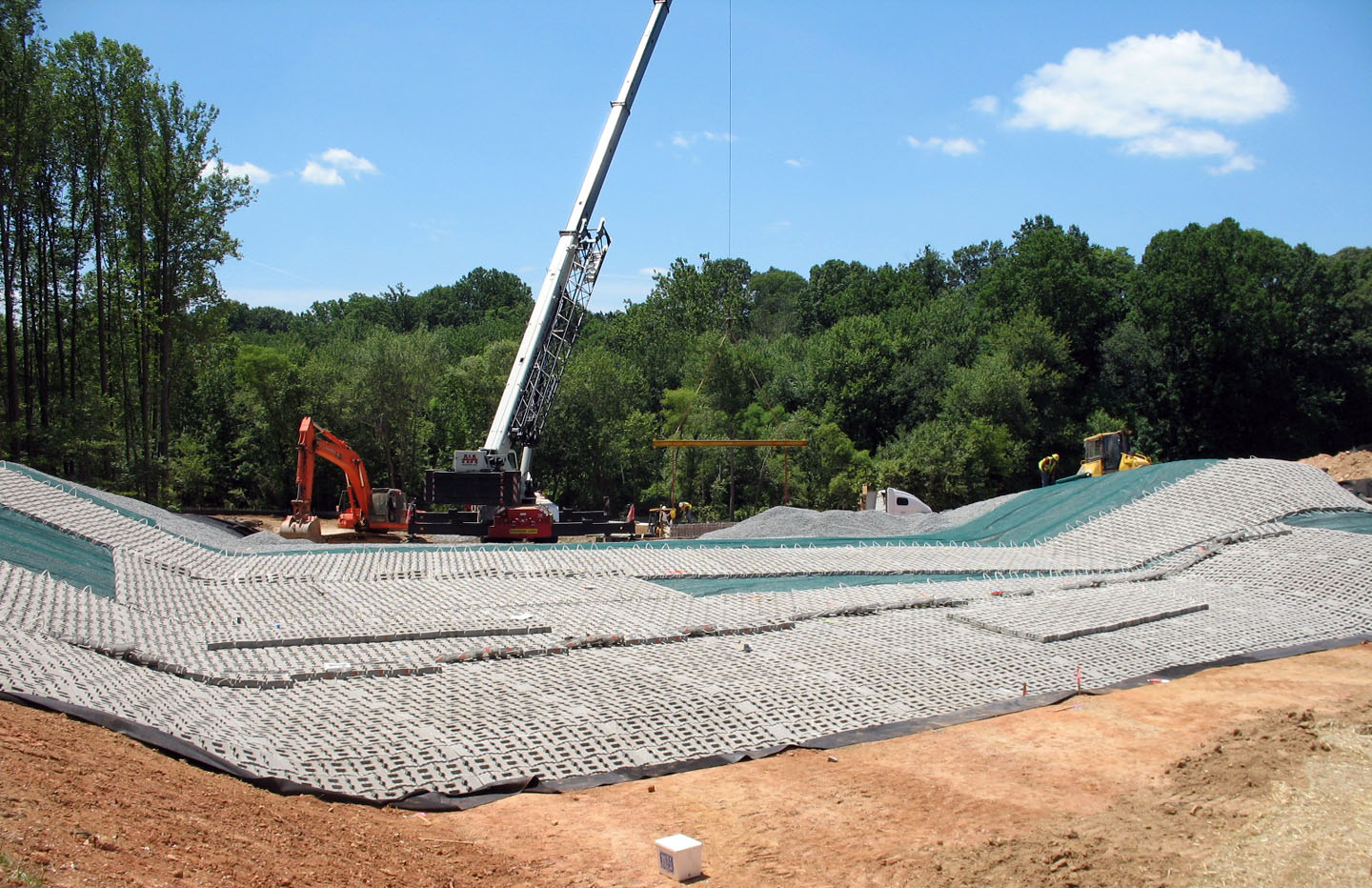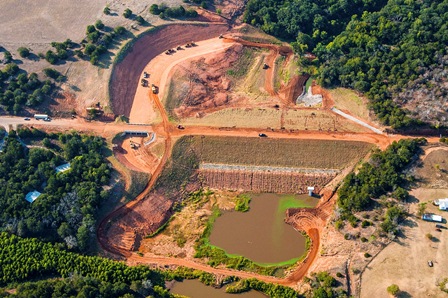Watershed Rehabilitation Program (Rehab)
The Watershed Rehabilitation Program helps project sponsors rehabilitate aging dams that are reaching the end of their 50-year design lives. This rehabilitation addresses critical public health and safety concerns. Since 1948, NRCS has assisted local sponsors in constructing more than 11,900 dams.
|
Latest News
NRCS is making $10.4 million available to help local project sponsors rehabilitate aging dams that protect lives, property and infrastructure like drinking water in rural communities downstream.
|
USDA Invests $10 Million to Rehabilitate Vital Dams in Utah and Texas
NRCS is making $10.4 million available to help local project sponsors rehabilitate aging dams that protect lives, property and infrastructure like drinking water in rural communities downstream. Of this, $4.8 million will be used in Texas to complete the design and construction of four watershed rehabilitation projects in Ellis and Williamson counties, and $3.7 million will be used in Utah for the construction of a dam project in Utah County. About $500,000 will be used to assess up to 25 aging dams nationwide this year.
FY 2016 Watershed Rehabilitation Projects Funding Table
Local sponsors request funding assistance from NRCS when a potential rehabilitation project is identified. NRCS is committed to funding the planning, design, and construction of entire projects. NRCS selects projects based on recent rehabilitation investments and the risks to lives and property if a dam failure would occur.
Benefits of Watershed Rehabilitation
Across the nation, watershed projects provide an estimated annual benefit of $2.2 billion in reduced flooding and erosion damages, and improved wildlife habitat, recreation, and water supply for an estimated 47 million people. These projects provide additional benefits, such as improved water quality through sediment and erosion control. Watershed rehabilitation projects also can create rural economic growth and job opportunities.
In addition to dam rehabilitation assistance, NRCS maintains a robust dam safety program. NRCS GeoObserver for Dams is a geospatial dam monitoring tool that helps NRCS engineers keep up-to-date information for the National Inventory of Dams. NRCS DamWatch provides NRCS engineers and local project sponsors with web-based monitoring of dams during rainfall, snowmelt, or seismic events.
Watershed Rehabilitation and Drought
The Watershed Rehabilitation Program allows sponsors to create new, or add to, existing water supplies. More than 80 rehabilitation projects now being planned may include increases in water storage capacity. Once built, these projects would protect the lives and property of more than 119,000 people and boost resilience to climate change.
Engineering
Video: NRCS–Using new technology to keep dams safe | U.S. Engineering Solutions
The NRCS has put together a video on how they are using DamWatch to assist in monitoring 12,000 dams across 47 U.S. states and Puerto Rico. Hosted by Larry Caldwell, formerly with NRCS, now with the Oklahoma Conservation Commission.
NRCS and Project Sponsors
Watershed project sponsors represent interests of the local community in federally assisted watershed projects. Sponsors request assistance from NRCS. When funding is allocated, the sponsor and NRCS enter an agreement that defines the roles and responsibilities of each party to complete the rehabilitation.
A watershed plan is developed for each project that addresses environmental impacts, costs, and benefits, planned conservation practices, and the responsibilities of involved parties. A variety of agencies and organizations can assist sponsors with developing a plan.
NRCS provides technical and financial assistance to sponsors and assists them with the planning, design, and construction of the projects.
Project sponsors are responsible for and agree to carry out specific parts of the project, including:
- Obtaining landrights,
- Obtaining required permits,
- Operation and maintenance throughout the evaluated life of the project (generally 100 years),
- Monitoring easement encroachment,
- Meeting permitting requirements,
- Developing and updating emergency action plans for high-hazard dams,
- Conducting regular inspections of installed works of improvements, and
- Working with regulatory agencies (dam safety agency.
Additional Reports
The following documents require Adobe Acrobat Reader.
Watershed Rehabilitation Progress Report, March 2015 (PDF, 447 KB)
Watershed Rehabilitation Status Summary Report, March 2015 (PDF, 323 KB)
Watershed Rehabilitation Progress Report, January 2013 (PDF, 491 KB)
Watershed Rehabilitation Status Summary Report, January 2013 (PDF, 230 KB)
Fact Sheets
Choccoloccoo Creek Dam 11 AL (PDF, 455 KB)
Lost Creek B-2 MO (PDF, 464 KB)
Plum Creek 18 KY (PDF, 463 KB)
Caney Coon Watershed Dam No.2M OK (PDF, 459 KB)
Little Sandy Trail Creek Dam No.1 GA (PDF, 465 KB)
New Creek 14 WV (PDF, 461 KB)
Plum Creek 5 TX (PDF, 409 KB)
Pohick Creek Dam 2 VA (PDF, 444 KB)
Poteau River 5 Rehab. AR (PDF, 490 KB)
Sallisaw Creek Watershed Dam No. 26 OK (PDF, 401 KB)
South River Dam 10A VA (PDF, 478 KB)
Su-AS-CO Nichols Dam Ma301 Rehab. MA (PDF, 427 KB)
Switzler Creek Dam 7 KS (PDF, 446 KB)
|

|
 |
|
Martinez Creek Dam No. 5, Bexar County, Texas
|
Pohick Creek Watershed Dam No. 3,
Fairfax County, Virginia
|
 |
 |
|
Yellow River Watershed Dam No. 14,
Gwinnett County, Georgia
|
Sugar Creek Watershed Dam No. L- 44,
Caddo County, Oklahoma
|
Watershed Rehabilitation Links